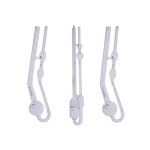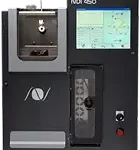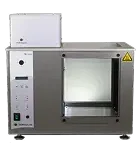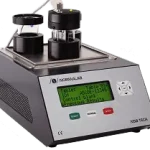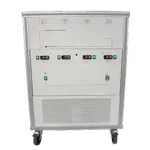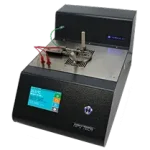This standard specifies a method for the determination of the amount of carbon residue, in the range 0,10 % (m/m) to 30,0 % (m/m), left after evaporation and pyrolysis of petroleum products under specified conditions. NMC 445, NMC 215, borosilicate glass sample vials, quartz vials

